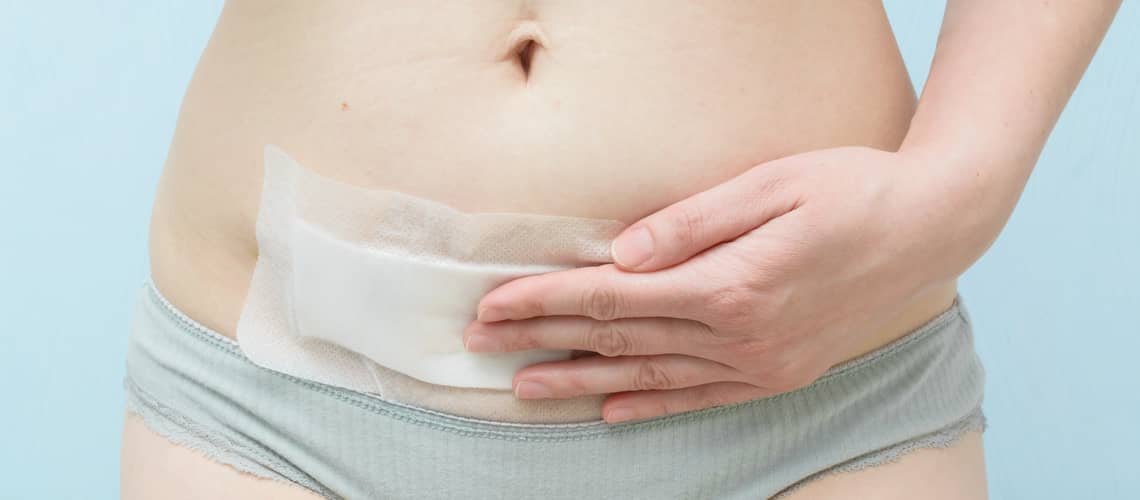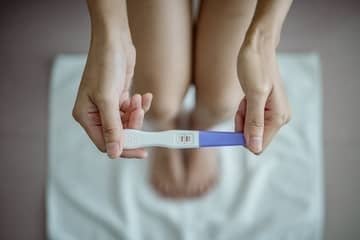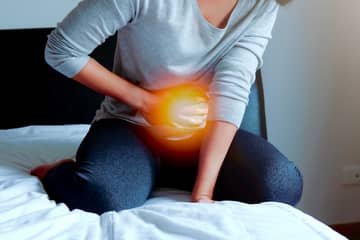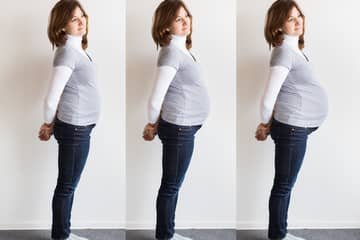
How long do internal stitches take to heal after childbirth?
In many births, there are situations where birth injuries occur or surgical procedures are performed that require stitches. It can be a cesarean delivery, when a natural vaginal delivery is replaced by a caesarean section (surgical delivery). Injuries also occur when the dam is torn or cut.
Subsequently, the doctor must proceed to suturing these wounds. Regardless of whether it is a caesarean section or a perineal suture, wound healing and suture absorption is a very individual matter. It also determines what sewing material was used.
During caesarean section, in order to improve the union of tissues and faster wound healing, in addition to suture material, staples are also used, which ensure a firm connection of tissues. The clips are usually removed from the woman 4 to 5 days after giving birth. In exceptional cases, even longer, but usually before the mother leaves the maternity hospital. Self-absorbable internal sutures are used for sewing, which are sometimes combined with external ones. The stitches are definitely weakened and absorbed - they usually fall out within 3 weeks. Today, removable sutures are used only exceptionally when suturing a birth injury.
If it is suturing after an incision (episiotomy) or tearing of the perineum, self-absorbable suture materials are used. Thanks to this, the internal stitches heal faster after childbirth and it is not necessary to pull out the stitches in these intimate parts. Internal sutures are absorbed by themselves within approximately 14 days of suturing the wound. During healing, it is possible that the woman feels pulling and stretching in the given area, which indicates the healing process and the stitches falling out. How long internal stitches heal after childbirth also depends on the size of the wound.
If a woman is suffering from severe pain, she should definitely not postpone a visit to the gynecologist. An important prevention is sufficient intimate hygiene. Use clean water or soap with oak bark to rinse the wound. Rinse the suture site several times a day. It is good to ventilate the wound, so breathable clothing is necessary. The use of creams and ointments is definitely not recommended in the sixth trimester. In case of problematic healing, it is advisable to consult a doctor, who will determine the necessary therapy. Canola poultices or preparations containing oak bark can help problematic healing.
Pridať komentár






